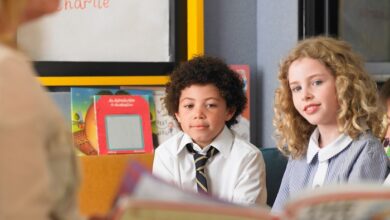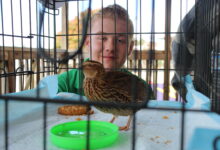NAPLAN issues reinforce need for national review

Queensland Education Minister Grace Grace has called on the Federal Government to reconsider the 2020 target for the full implementation of NAPLAN online following issues with testing conducted in the past two weeks.
Ms Grace said disruptions to connectivity with the NAPLAN online testing portal had impacted students at a number of schools across Australia.
In Queensland, 481 schools were involved in the NAPLAN online tests. One thousand, eight hundred and fifty (1850) students at 83 schools across Queensland will re-sit tests including:
- 1610 students will re-sit the writing test
- 230 students will re-sit the reading test and
- 10 students will re-sit the conventions of language test.
These tests will be conducted next week.
Students at a further 398 schools also experienced issues with the online platform but will not be required to re-sit the test.
“Queensland has always taken a cautious approach to the implementation of online testing for NAPLAN and the issues experienced by students in the past fortnight justify that approach,” Ms Grace said.
“States were reassured by the Australian Curriculum, Assessment and Reporting Authority (ACARA) that issues experienced with the online test in 2018 had been addressed, however we saw more issues this year.
“The Federal Government needs to delay the full roll-out of NAPLAN online until further testing and enhancements can be made.”
Ms Grace also renewed her call for a comprehensive national review of NAPLAN in light of the issues experienced online.
“After more than a decade of NAPLAN testing, the time is right to have a thorough look at what’s working and what could be done better.”
Ms Grace said the Palaszczuk Government commissioned its own review of NAPLAN to investigate the role NAPLAN plays in driving student outcomes and school and system improvement in this state.
More than 7,500 parents and carers and 3,000 students responded to the first stage of Queensland’s NAPLAN review.
The second stage of the Review, conducted by the Australian Catholic University (ACU), received feedback from 5,800 teachers and principals, and 200 education stakeholders across all schooling sectors.
“The review identified that NAPLAN had played a role in supporting improvements in Queensland’s educational outcomes,” Ms Grace said.
“However, many parents reported that testing caused their child to experience anxiety and stress; that there were a range of unintended consequences stemming from the now high-stakes nature of the testing; and that there were differing expectations about the purpose of NAPLAN.
“Educators expressed concern at the growing amount of time and pressure in preparing for testing; examples of teaching being tailored to NAPLAN, resulting in a narrowing of the curriculum; and that NAPLAN data was being misinterpreted as the sole indicator of a school’s performance.
“I again call on the Morrison Government to listen to all states and territories; listen to parents and students; listen to teachers and commit to a national review.
“Queensland’s work in this area means we are ready and able to contribute our findings to a national review.”







